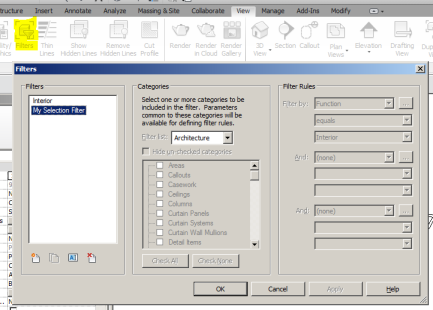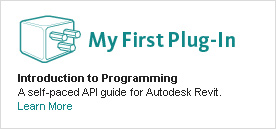I was going to make a script or something myself, but I figured there is a API-guy out there waiting to make something useful and simple like this.
Challenge: make a tool (can be an application, script or CMD) that locates and backs up all API add-ins from Revit add-in files. Ideally, this tool would place the result in a ZIP file with subfolders that are logical and could be ‘restored’ to a new / clean installation of Revit.
Go!
Note: if you are going to ‘take the challenge’ I recommend that you post a comment so that you can co-ordinate with other coders if necessary.
Some of my notes below:
Need at least 2 x add-in folders and any referenced dlls
On my PC:
C:ProgramDataAutodeskREVITAddins2013
C:UsersLukeAppDataRoamingAutodeskRevitAddins2013
Wiki – addin locations:
http://wikihelp.autodesk.com/Revit/enu/2013/Help/00006-API_Developer%27s_Guide/0001-Introduc1/0018-Add-In_I18/0022-Add-in_R22
Environment variables:
http://www.askvg.com/list-of-environment-variables-in-windows-xp-vista-and-7/
CMD Reference:
http://ss64.com/nt/





